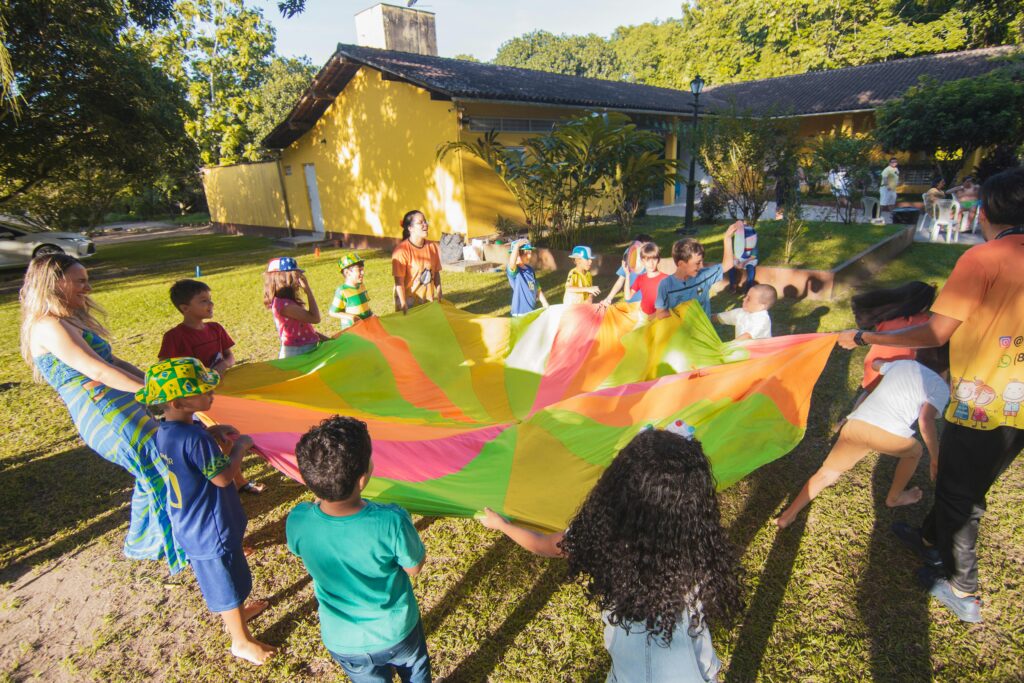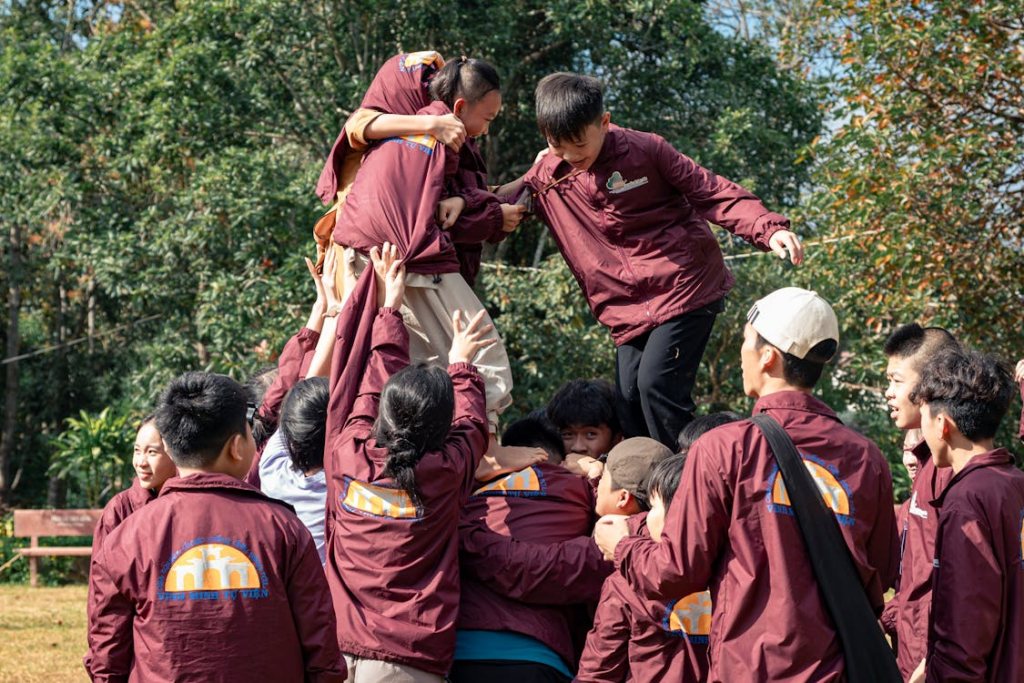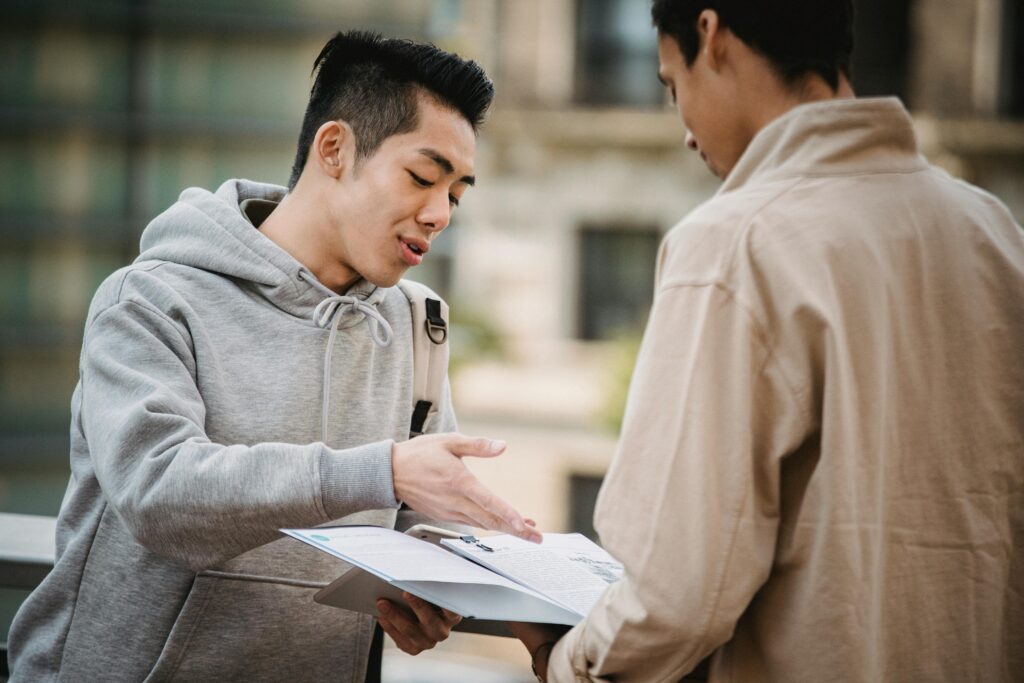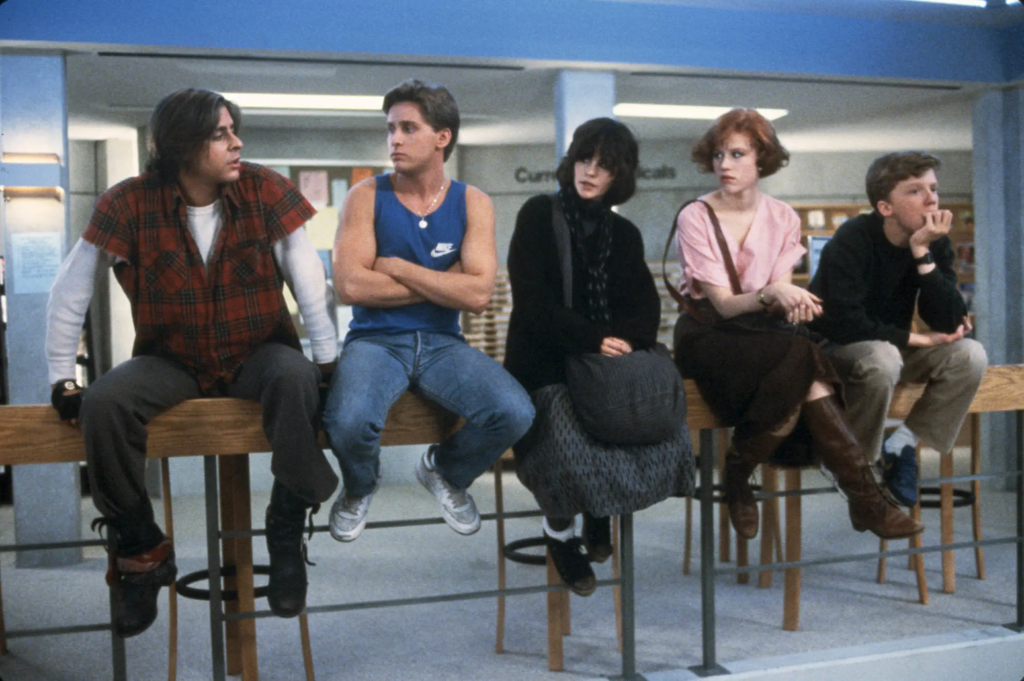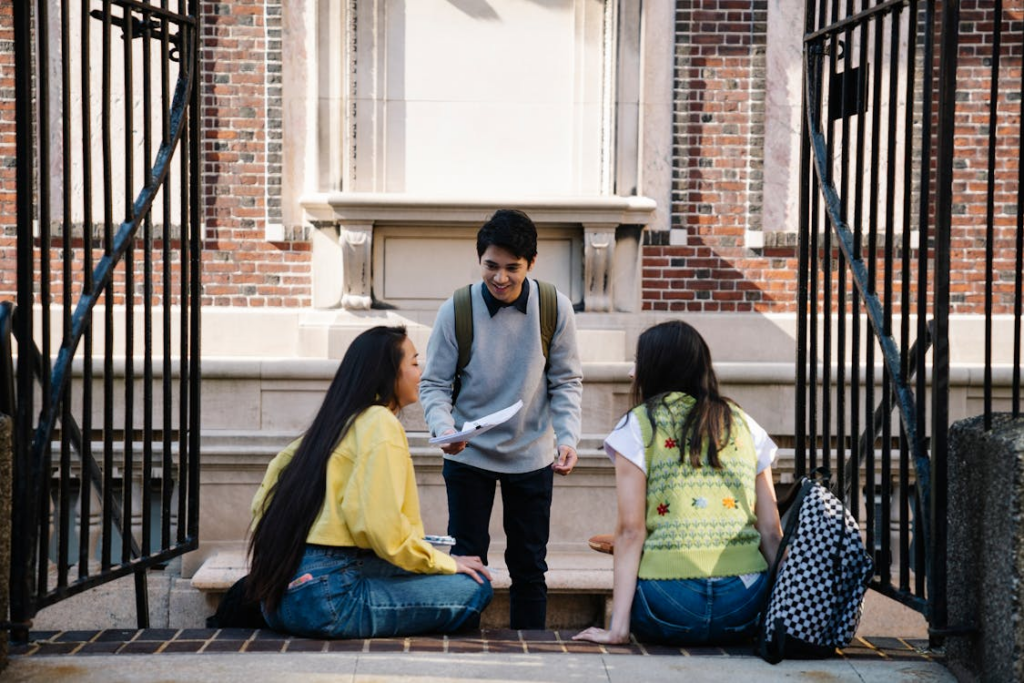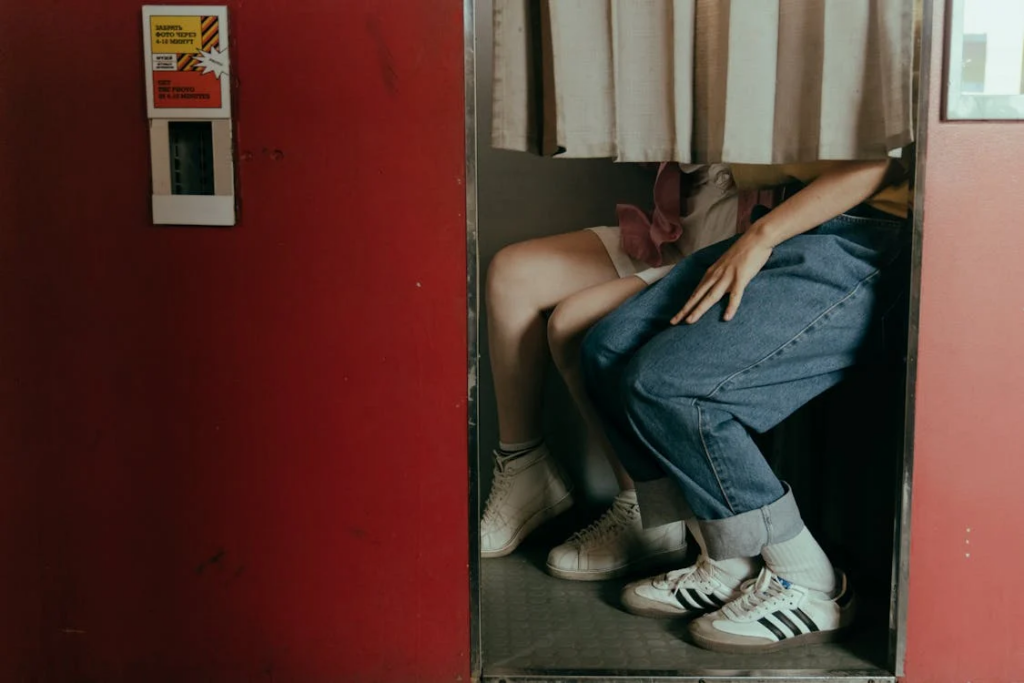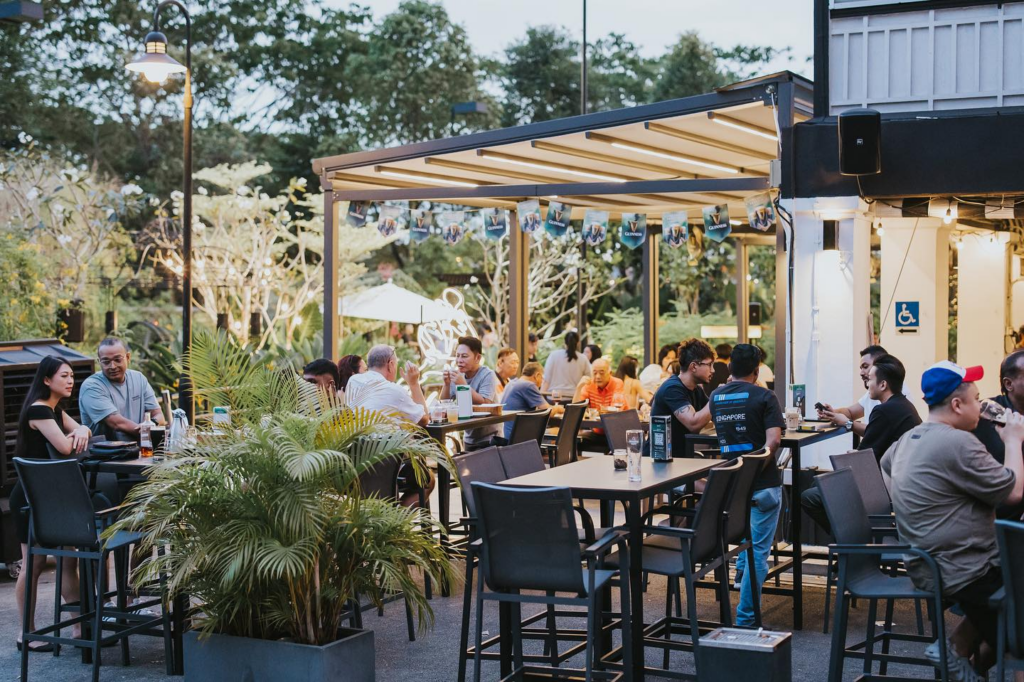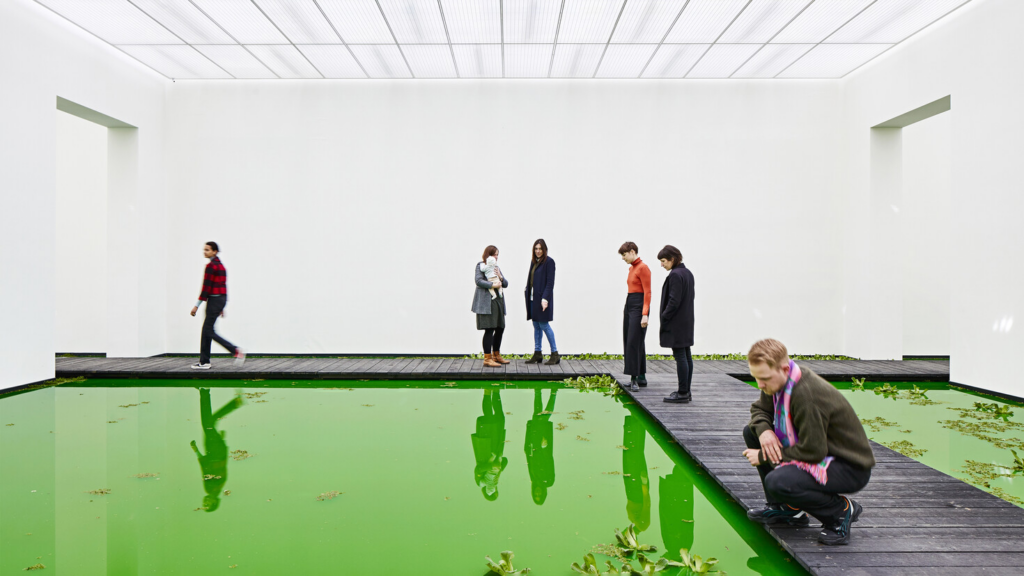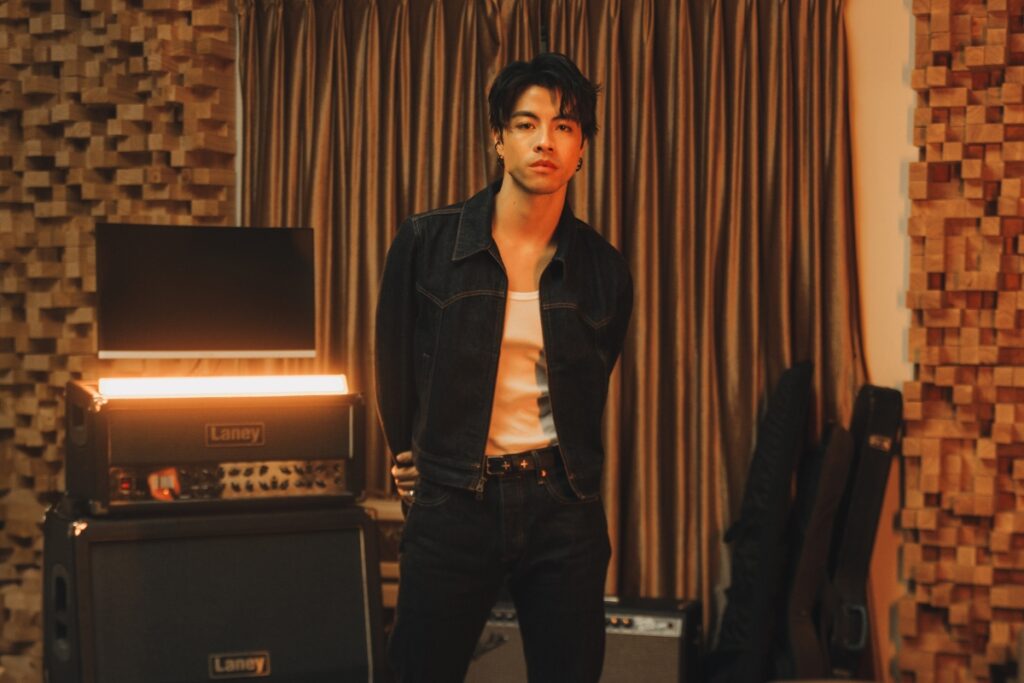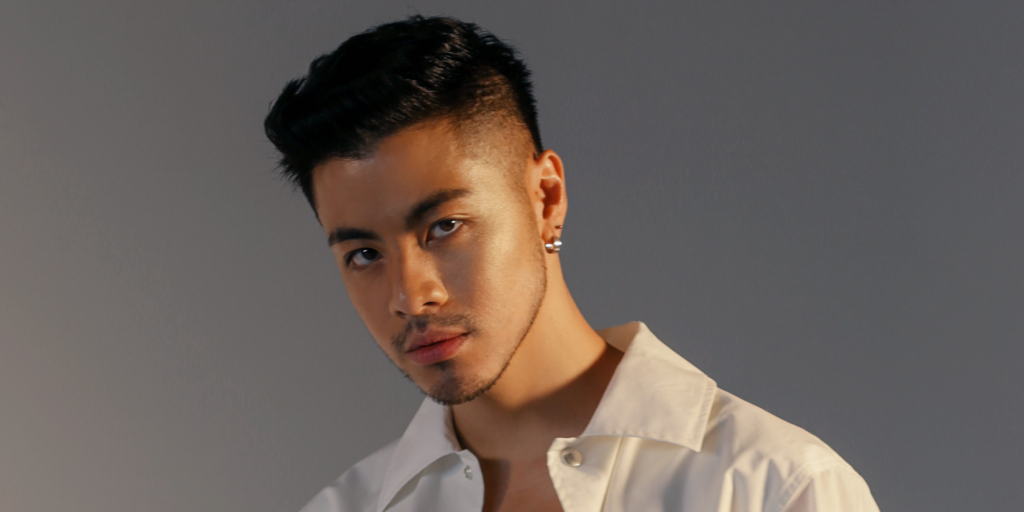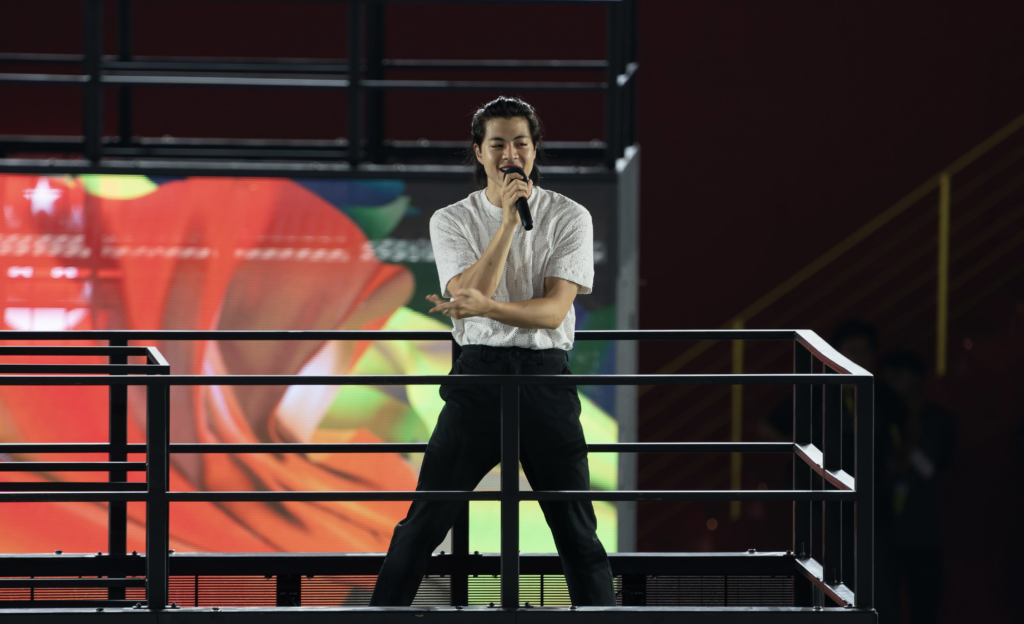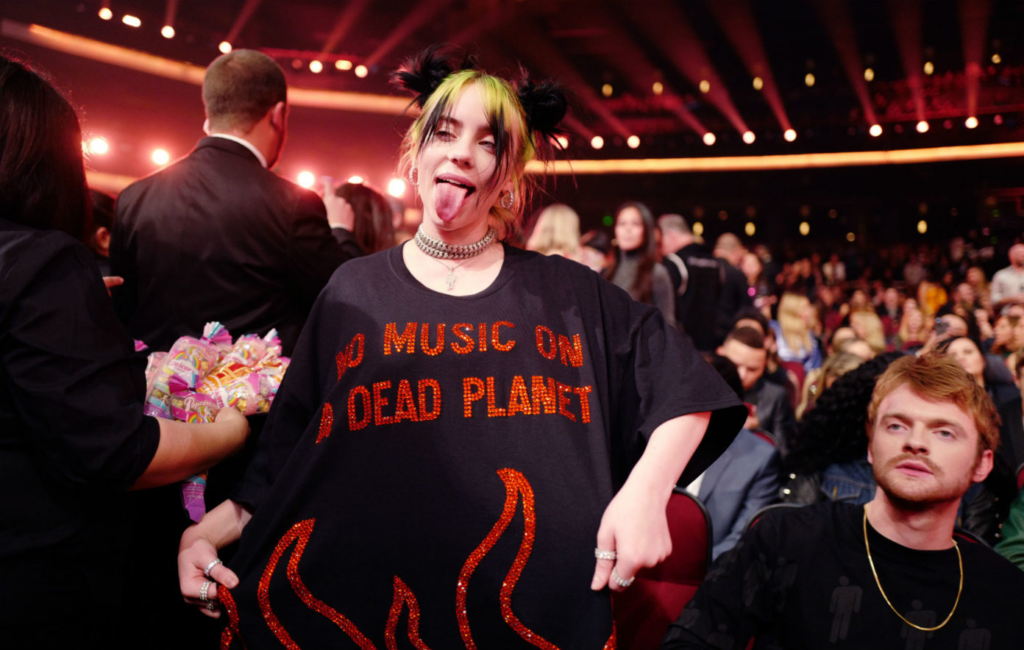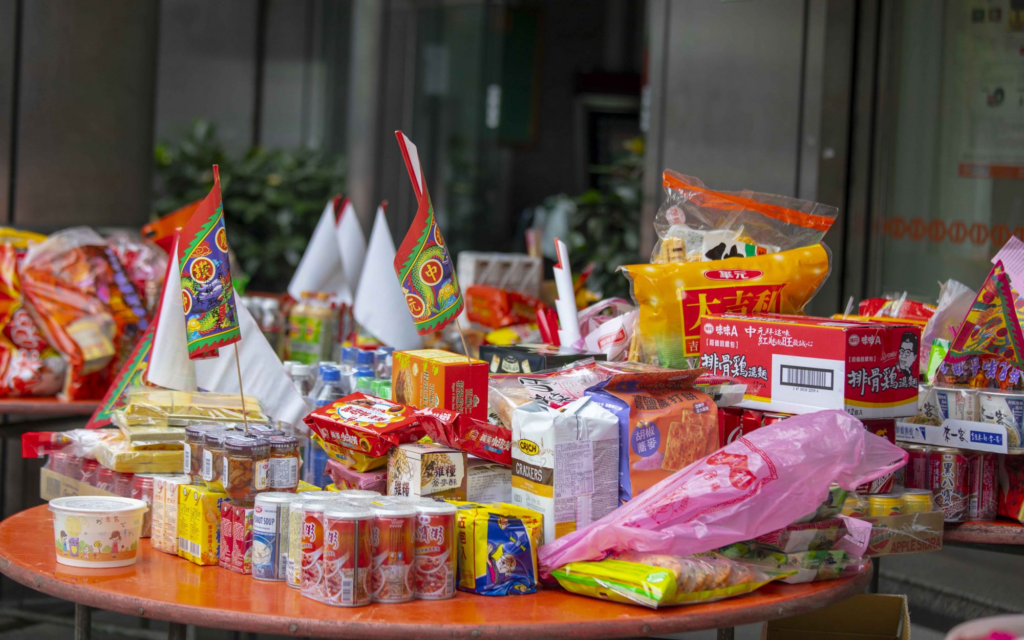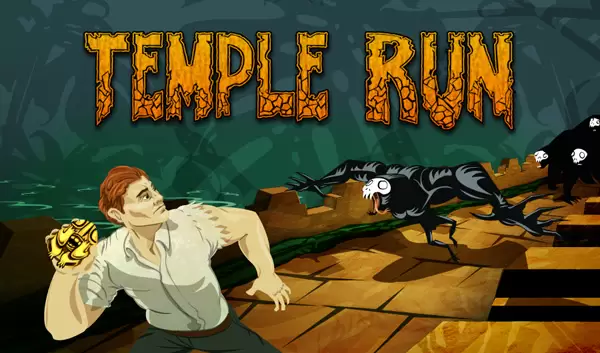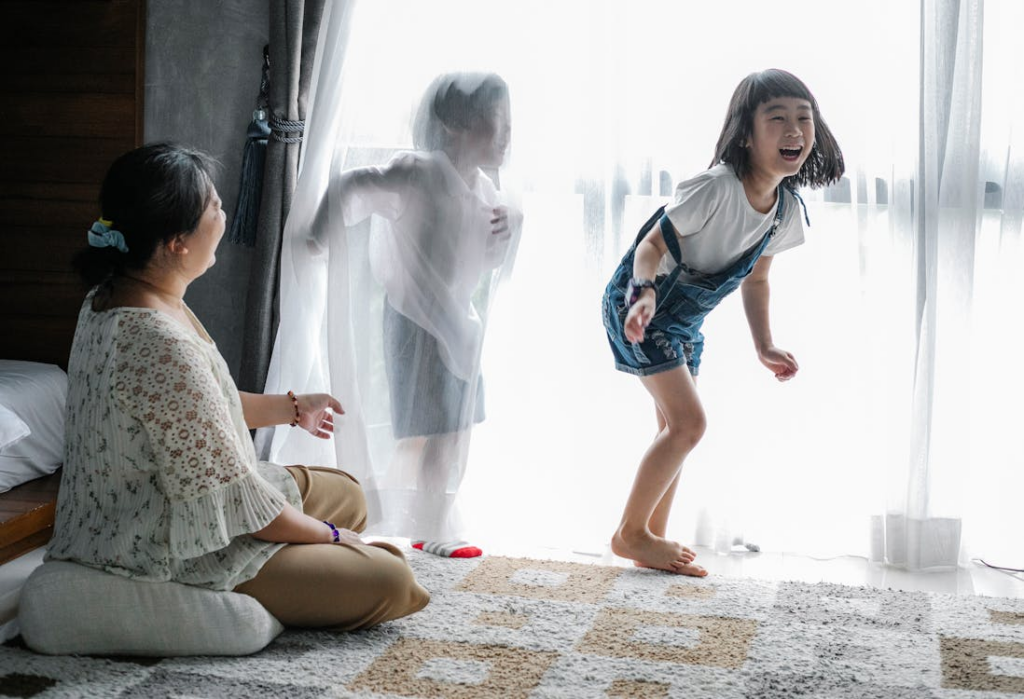"A well-structured study timetable is the key to academic success and efficient time management."

Creating an effective study timetable is essential for helping students perform well in their exams. To do this, students need to carefully plan out their study sessions, ensuring that they allocate ample time to each subject. A well-structured timetable not only supports their academic success but also helps them manage their time efficiently.
In this article, we’ll guide you through the process of crafting a personalised study plan that aligns with your child’s schedule and specific academic requirements.
Evaluate and Optimise Your Child’s Daily Schedule

To create an effective study timetable for your child, the first step is to analyse their current schedule. This means looking at their daily routine and identifying how their time is currently spent. Knowing when their school day starts and ends, and what other commitments they have, like extracurricular activities, is crucial for building a balanced study plan.
Next, consider how many study hours are needed for each subject. Some subjects will require more time than others, depending on their complexity and the amount of content that needs to be covered. For example, courses with practical components, such as labs, often come with additional contact hours, while others may demand more independent study time.
It’s also important to think about how your child is using their free time. Are they engaging in activities that help them recharge, or are they getting distracted by things that take away from their study efforts? By examining how they spend their time outside of class, you can make adjustments to ensure their free time is balanced and productive.
Break Down the Subjects for Focused Study

Start by creating a clear list of all the subjects your child is studying for their exams. This serves as the foundation for their study timetable, helping to organise each area of focus. Knowing exactly which subjects need attention allows you to allocate time effectively and ensures no important topics are left out.
Once you’ve listed the subjects, the next step is to break down everything your child is expected to know for each one. Rather than just having a general idea of the subject, it’s important to dive into the specific areas of study. Having a copy of the syllabus is particularly helpful here. If you’re unsure where to find it, don’t hesitate to reach out to the teacher. The syllabus gives a detailed overview of what the exams will cover, ensuring that your child is well-prepared for all aspects of the subject.
For example, if your study timetable simply lists “English” for a Wednesday morning slot, your child may waste time deciding which topic to focus on, such as essay structure, literary analysis, or poetry. Instead, with a more detailed plan, your child could sit down and immediately begin by analysing a specific Shakespearean play or drafting an essay introduction. This level of detail helps make each study session more productive, as they can dive straight into the task without having to figure out where to begin.
Set Clear Priorities

Understanding what your child wants to achieve—whether it’s improving in specific subjects or just doing their best overall—gives you a clear starting point. These goals will shape their study plan and help keep them motivated.
Once you’ve discussed their aspirations, it’s time to establish concrete goals. Make sure each goal is specific, measurable, and realistic. For example, rather than setting a vague aim like “do better in maths,” set a clear objective like “increase maths test scores by 10%.” This makes it easier to track progress and gives your child something tangible to work toward. Setting goals like this also helps focus their attention and effort, keeping them on track. Check out ‘How to Set Goals and Achieve Them in the New School Year’ and ‘The ‘O’ Levels: How to Achieve Your Goals’
When prioritising subjects, focus on what’s both urgent and important. Subjects with upcoming deadlines or areas where your child struggles should be given priority. A helpful way to do this is by using a 1-5 rating scale, where 1 represents “not at all important” and 5 stands for “very vital.” By ranking their subjects and tasks in this way, you can ensure that the most critical areas get the attention they need, while less urgent topics are still addressed at the right time.
Focus on Areas Needing More Attention

Start by going through the syllabus for each subject. This will give you a comprehensive overview of what’s covered and help you pinpoint any topics that require additional time and attention.
As you review the syllabus, take note of areas where your child may be struggling or where the material seems more challenging. These are the topics that will need extra study time and effort to ensure they are well understood before the exams.
On the flip side, also pay attention to the subjects or topics where your child feels confident. Highlighting or underlining these areas can help balance the study plan, ensuring that more time is allocated to weaker subjects while still reinforcing their strengths. This approach helps create a well-rounded study schedule that addresses both strengths and weaknesses.
Balance Study Time with Important Life Activities

Integrating real-life activities into your child’s study timetable is crucial for developing a balanced and effective schedule. Make sure to include all the important activities in their lives, such as family commitments, sports, art, and other hobbies. By doing so, you respect their time for personal interests, which can be crucial for their mental and physical well-being.
A balanced schedule that respects both study and personal time helps your child stay motivated and prevents burnout, making them more effective and happy in both their academic and personal lives.
Track Progress to Stay on Course

Regularly reviewing their performance and progress helps you understand how far they’ve come and what still needs to be addressed. This ongoing assessment gives a clear picture of their achievements and areas that require additional effort.
Keeping track of their progress will also help you recognise the hard work and dedication your child has invested. It’s important to stay organised by noting down all relevant events, deadlines, and exams. This ensures nothing is overlooked and helps maintain a structured approach to their study routine.
Consistency is key in this process. As you and your child regularly review and update their progress, it will become second nature. This consistent approach not only makes it easier to stay on track but also helps your child quickly enter a state of deep focus each time they sit down to study.

